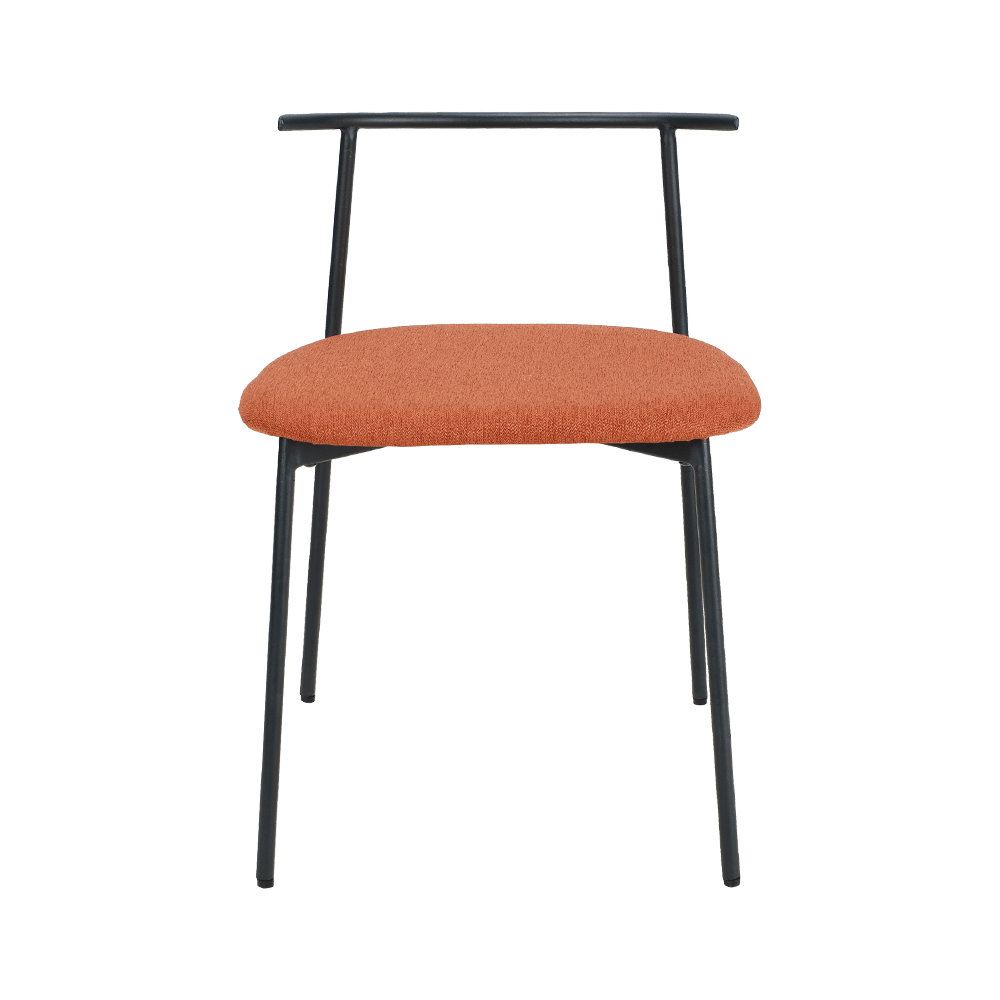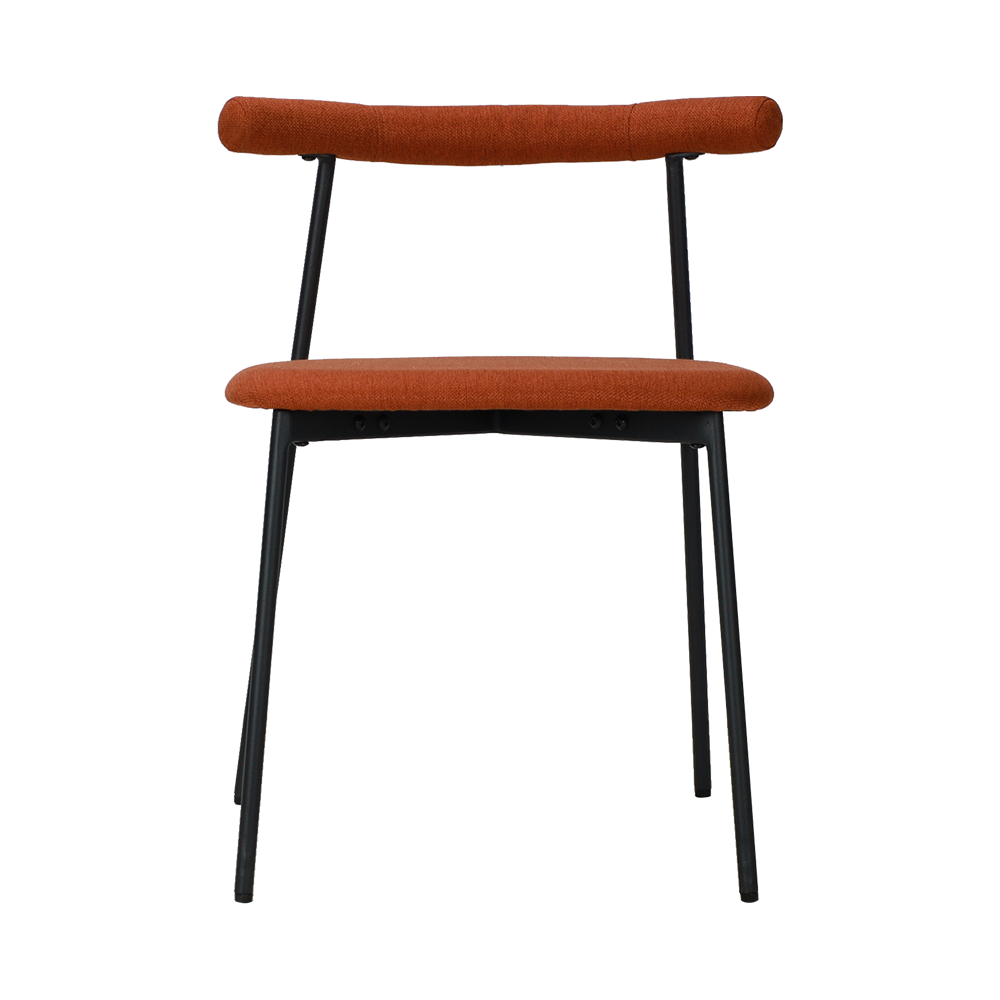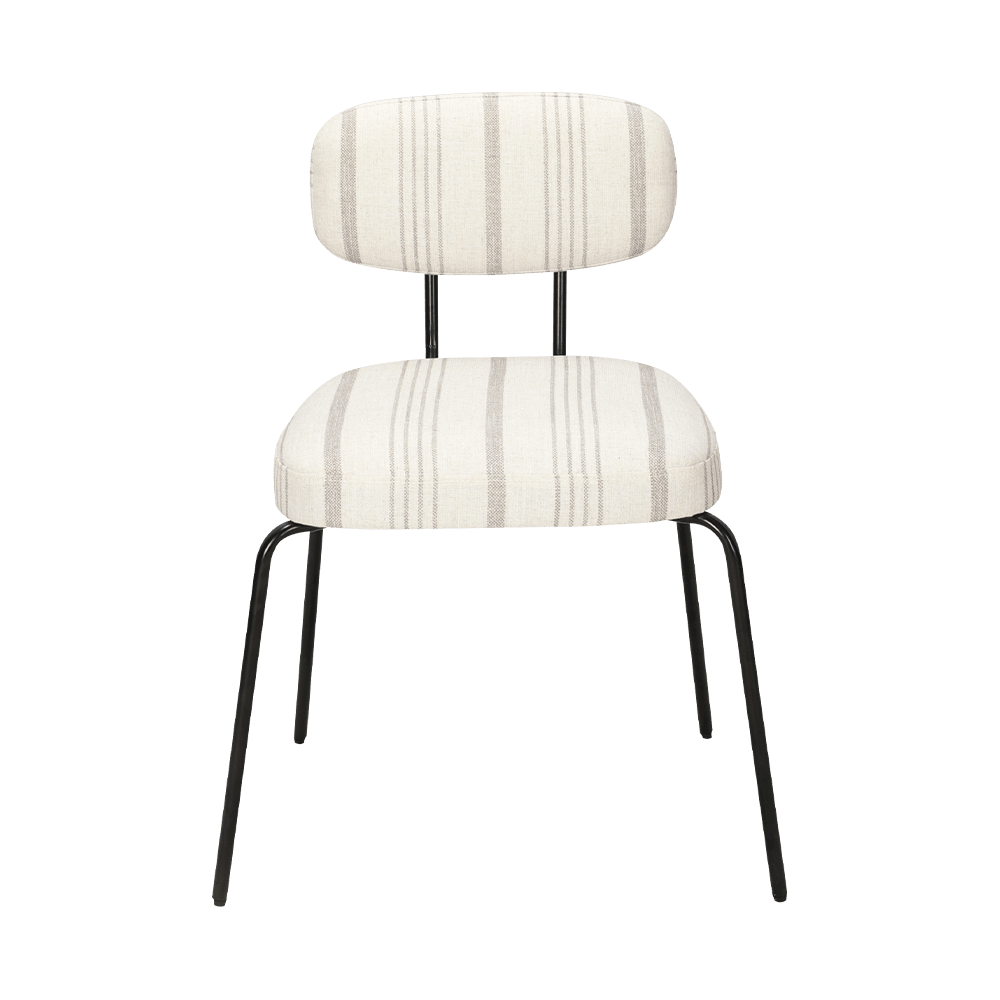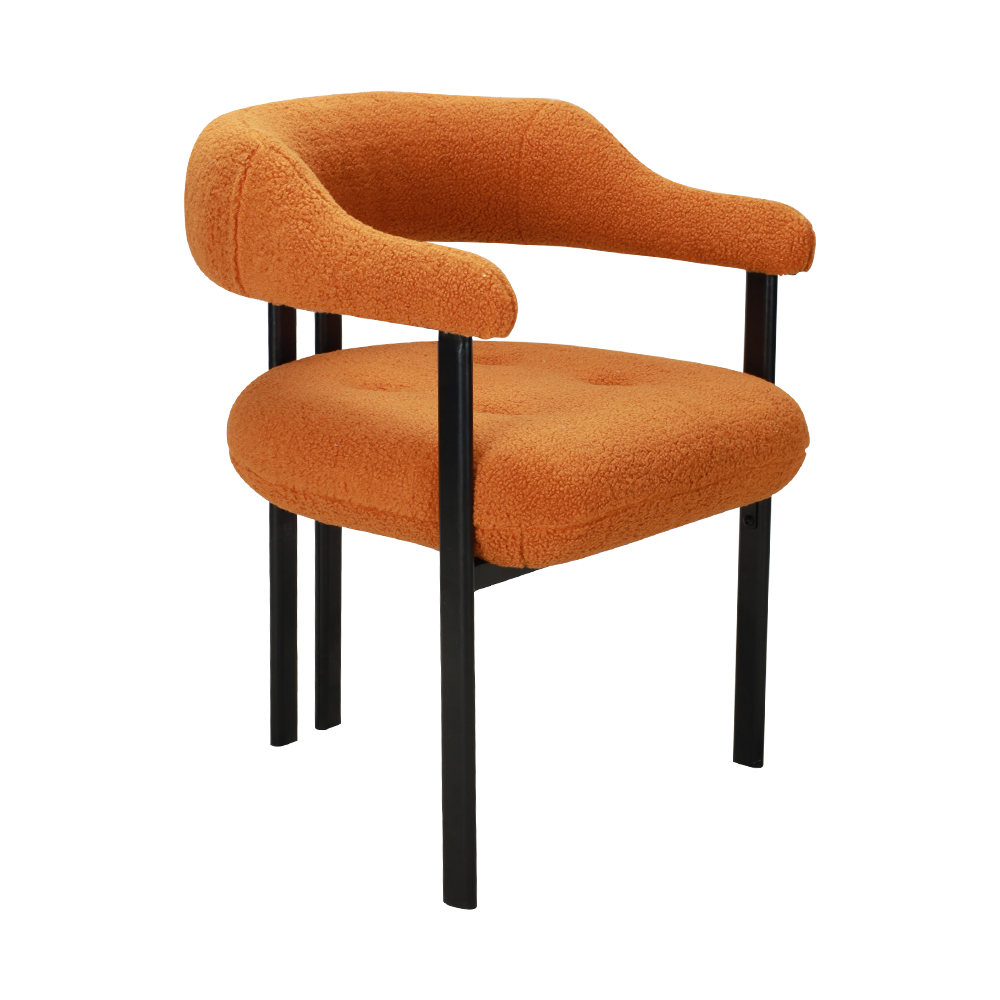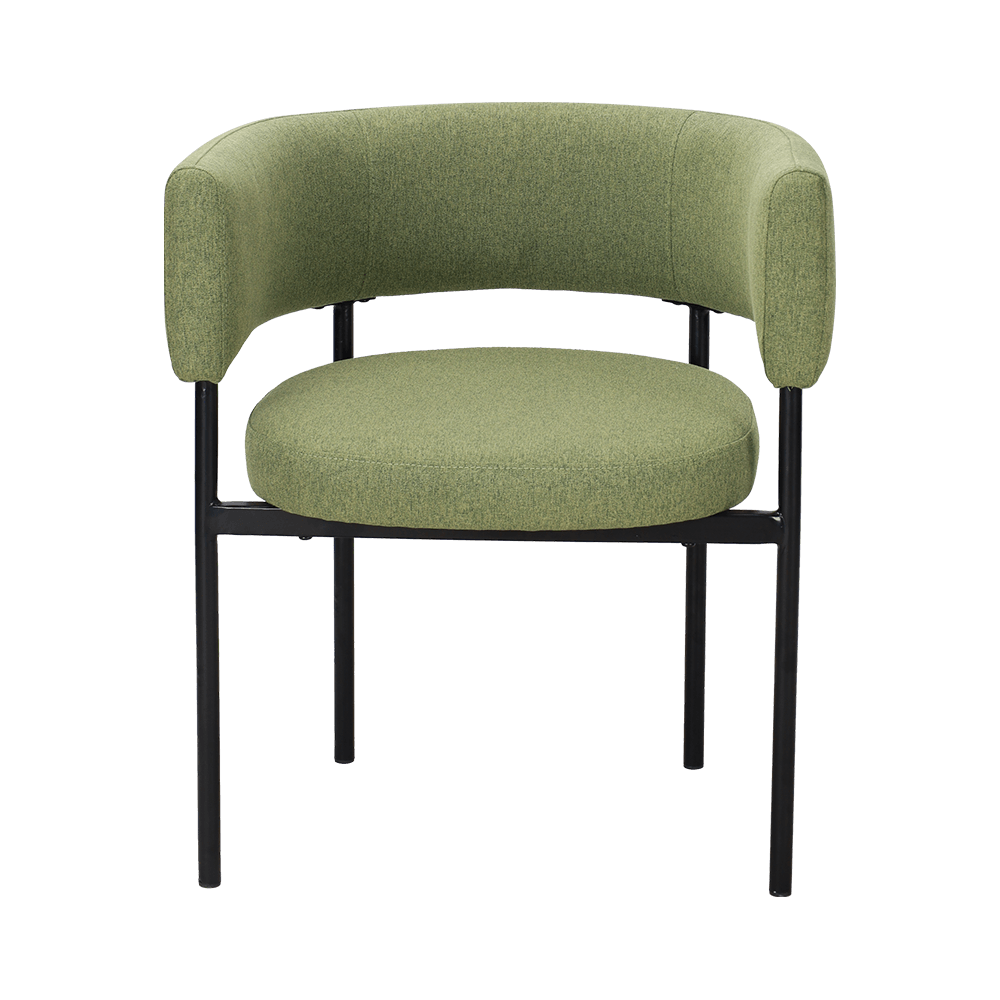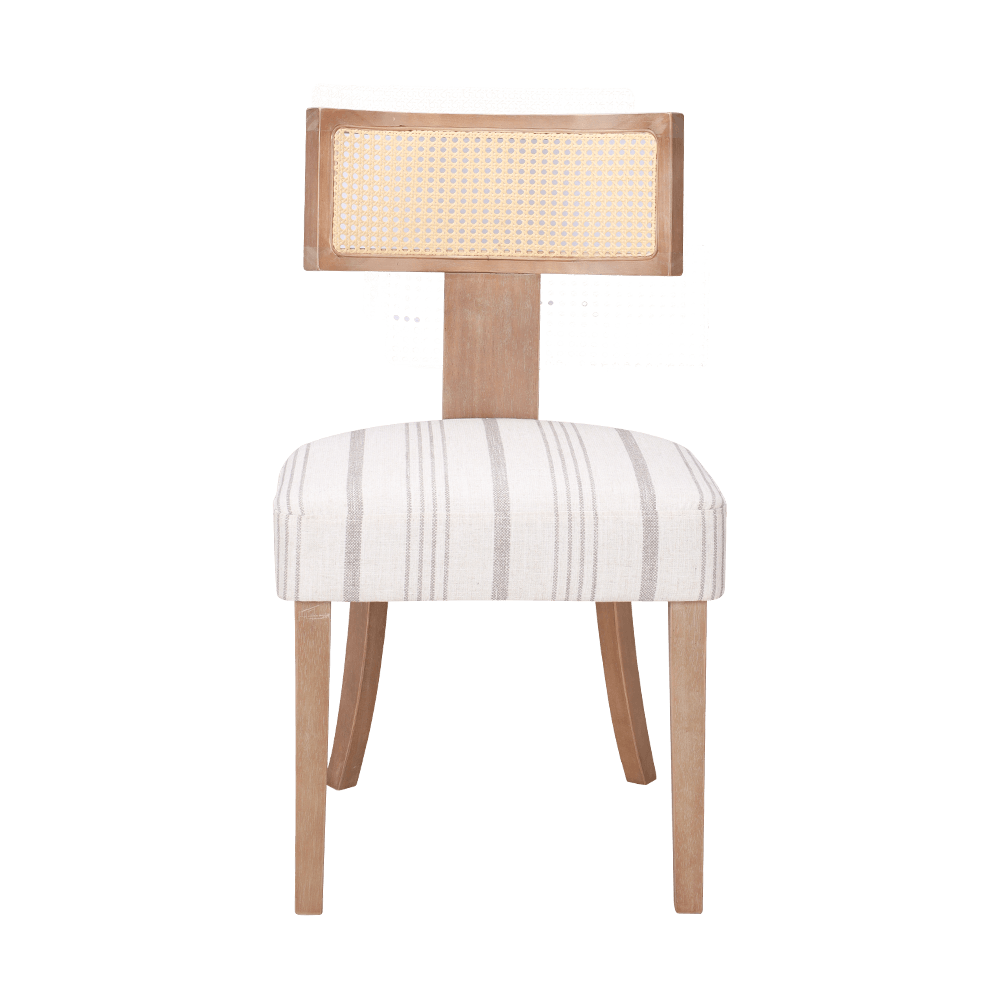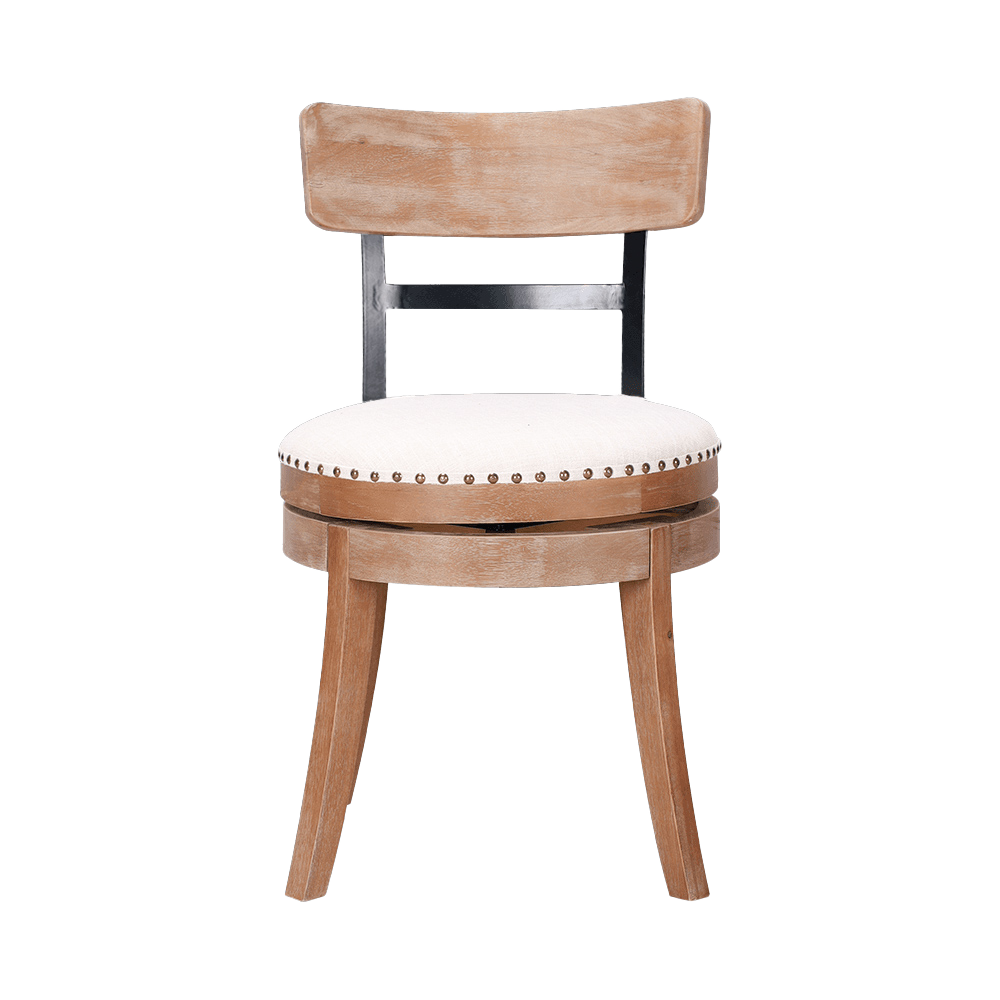What measures are taken to ensure that the solid wood dining chair is stable and resistant to tipping?
Posted by Zhejiang Wanchang Furniture Co., Ltd.
Ensuring that a solid wood dining chair is stable and resistant to tipping involves a combination of thoughtful design principles, precise construction techniques, and material selection. Here’s a more detailed breakdown of the measures taken to achieve stability:
Low Center of Gravity
One of the primary considerations in creating a stable dining chair is its center of gravity. By keeping the seat height within a reasonable range, the chair’s center of gravity remains low to the ground. A lower center of gravity reduces the risk of tipping because it ensures that the weight of the user is more evenly distributed across the base of the chair. For example, some chairs are designed with lower, slightly wider seats, which helps maintain a solid, grounded position even when someone leans or shifts in their seat.
Reinforced Leg Construction
The legs of a solid wood dining chair play a crucial role in its overall stability. To prevent the chair from wobbling or tipping, manufacturers often reinforce the leg structure with crossbars, stretchers, or support beams connecting the legs at the base. These reinforcements provide additional strength to the chair’s framework and ensure the legs do not bow under pressure or shift out of alignment. A strong, reinforced leg structure also increases the chair’s resistance to wear and tear, which can contribute to tipping over time if left unaddressed.
Proper Leg Angle and Design
The angle at which the chair’s legs are set plays a key role in preventing tipping. For example, chairs that feature splayed legs—where the legs angle outward rather than being positioned straight down—create a wider base. This wider base provides better support and stability, as the chair is less likely to tip over when weight is applied unevenly. This design is particularly effective in maintaining balance when someone shifts their position or when small children or pets are moving around the chair.
Additionally, some solid wood dining chairs feature curved legs, which can further enhance stability by providing a broader surface area at the base of the chair. The curvature helps distribute the weight of the chair and user more evenly, making the chair less prone to tipping.
Use of Solid Joinery Techniques
One of the most critical aspects of a stable solid wood dining chair is the quality of joinery. High-quality, durable joinery ensures that the chair’s frame remains tightly secured and doesn’t loosen over time. Traditional joinery methods, such as mortise and tenon, dovetail, or double dowel joints, are often used in solid wood chairs. These techniques create strong, interlocking connections between the seat, legs, and backrest, adding to the chair’s structural integrity.
With these techniques, there are no screws or nails that can gradually work loose. Over time, improper joinery could lead to wobbling, which significantly increases the risk of tipping. By using traditional, sturdy joinery, manufacturers ensure that the chair remains structurally sound and stable throughout its lifetime.
Non-slip Feet or Glides
Another important consideration for stability, especially in households with smooth floors, is the use of non-slip feet or glides at the bottom of the chair legs. These are often made from rubber, silicone, or felt and help to increase the chair’s traction on the floor. Non-slip feet prevent the chair from sliding around or tipping when someone gets in or out of the chair. This is especially important on hard surfaces like wood or tile, where friction can be reduced, leading to instability. Non-slip feet also help protect flooring from scratches, further enhancing the chair’s practicality.
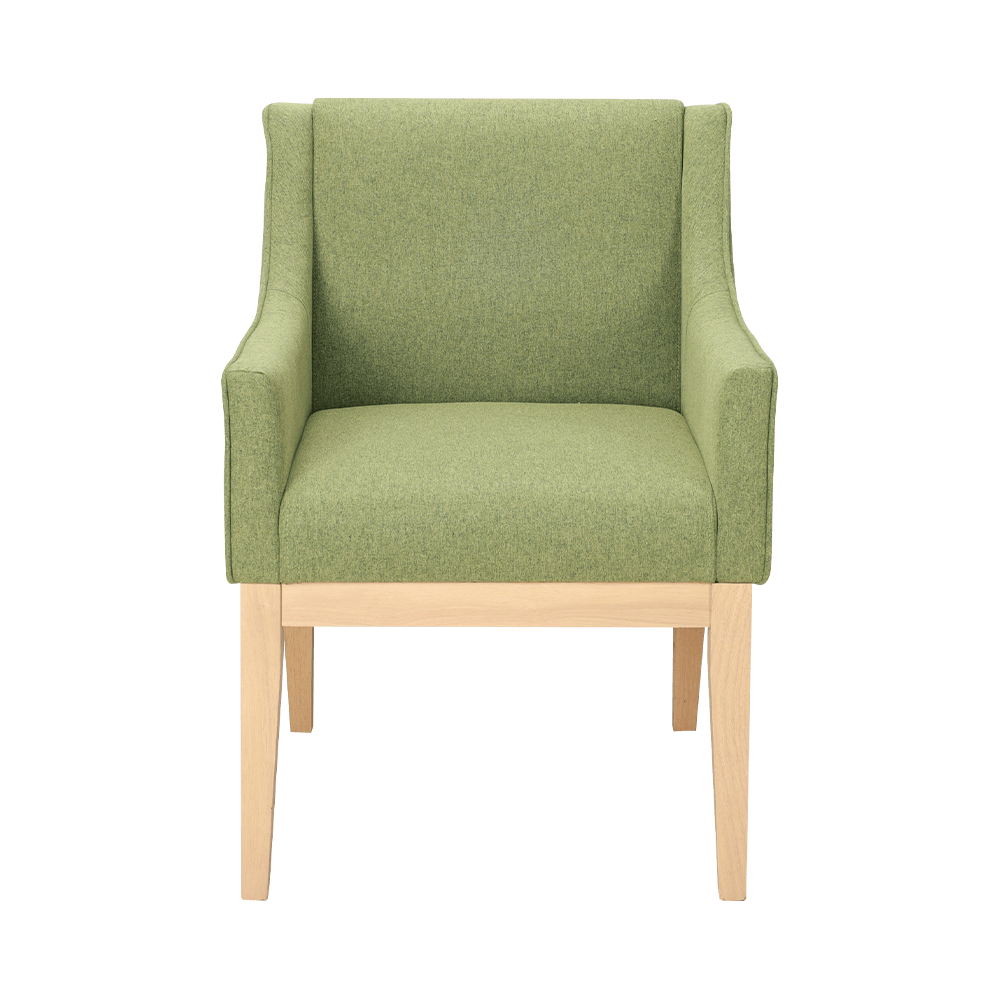
Wider Base and Sturdier Legs
A wider base naturally improves the chair’s overall stability. Dining chairs with wider legs or a wider stance provide more ground contact and a broader distribution of weight. This makes the chair less prone to tipping, even when leaning or shifting weight. Additionally, thicker legs made from solid hardwoods such as oak, walnut, or maple contribute to greater strength and resistance to tipping. The sturdier the legs, the more resistant the chair will be to wobbling or tipping, especially when supporting the weight of a person shifting in their seat or leaning back.
Additional Cross Brace or Back Support
Some solid wood dining chairs are designed with cross braces or back supports that link the legs together. These horizontal supports add extra strength to the frame and prevent it from flexing, especially when someone leans back in the chair. Without such supports, chairs can become more prone to instability, particularly under heavy use. The backrest also plays an essential role in maintaining the chair’s balance. In some designs, a reinforced backrest helps ensure that the weight of the user is evenly distributed across the chair, further reducing the risk of tipping.
Load Testing During Manufacturing
Many high-quality solid wood dining chairs undergo rigorous load testing during the manufacturing process. This can include tests that simulate how the chair will hold up under real-world conditions, such as when someone leans back in the chair, shifts their weight suddenly, or applies uneven pressure. By conducting these tests, manufacturers ensure that the chair meets safety standards and can withstand daily wear without compromising its stability.
Quality Control and Material Selection
The quality of the wood used in the chair is another critical factor in ensuring its stability. Hardwoods, such as oak, walnut, and maple, are typically chosen for their strength, durability, and resistance to warping, cracking, and bending. Softwoods like pine, while often less expensive, may be more prone to structural issues that could affect stability. Additionally, careful selection of grain patterns and moisture content during production helps ensure that the wood performs well under load without compromising the integrity of the chair.
Ergonomic Design Features
Ergonomics not only contribute to the comfort of a solid wood dining chair but also to its balance and stability. A well-designed chair encourages users to sit with their weight evenly distributed, reducing the likelihood of excessive leaning or shifting that could lead to tipping. Features like a slightly tilted seat or sloped backrest promote proper posture and help maintain a stable center of gravity for the user.
By integrating these various design principles, joinery techniques, and material choices, manufacturers can create solid wood dining chairs that are not only aesthetically pleasing but also safe and stable for long-term use. These measures help ensure that the chair performs reliably in homes, restaurants, and other high-traffic areas where stability is a priority.




 中文简体
中文简体 English
English